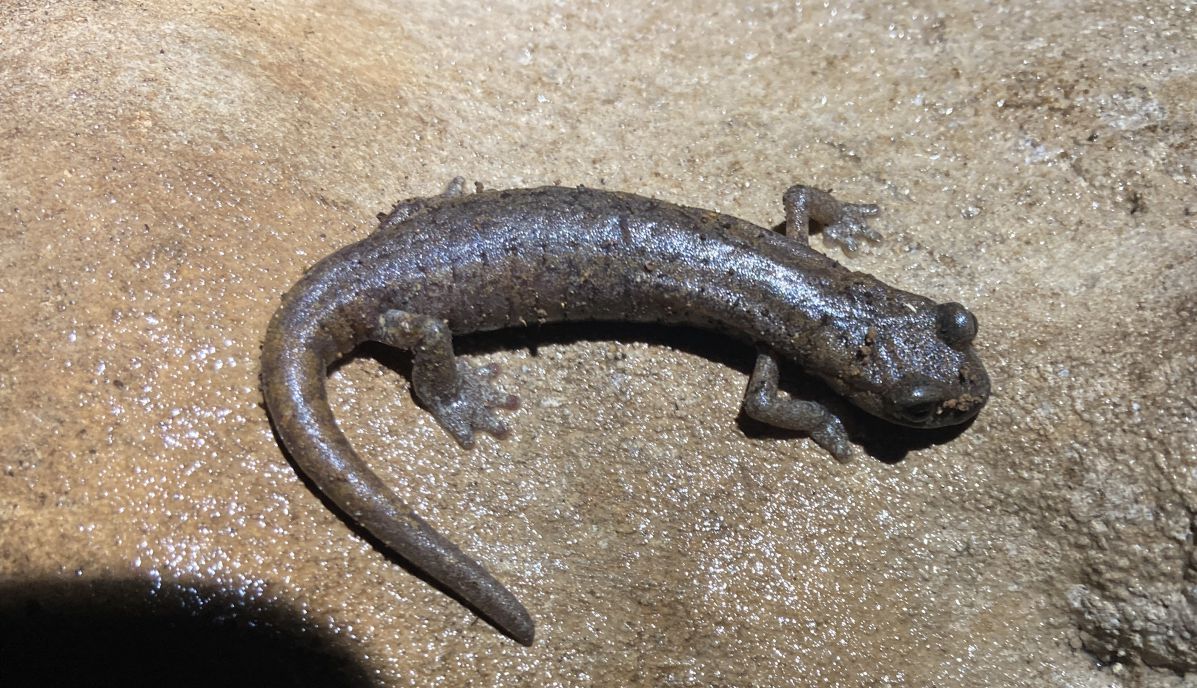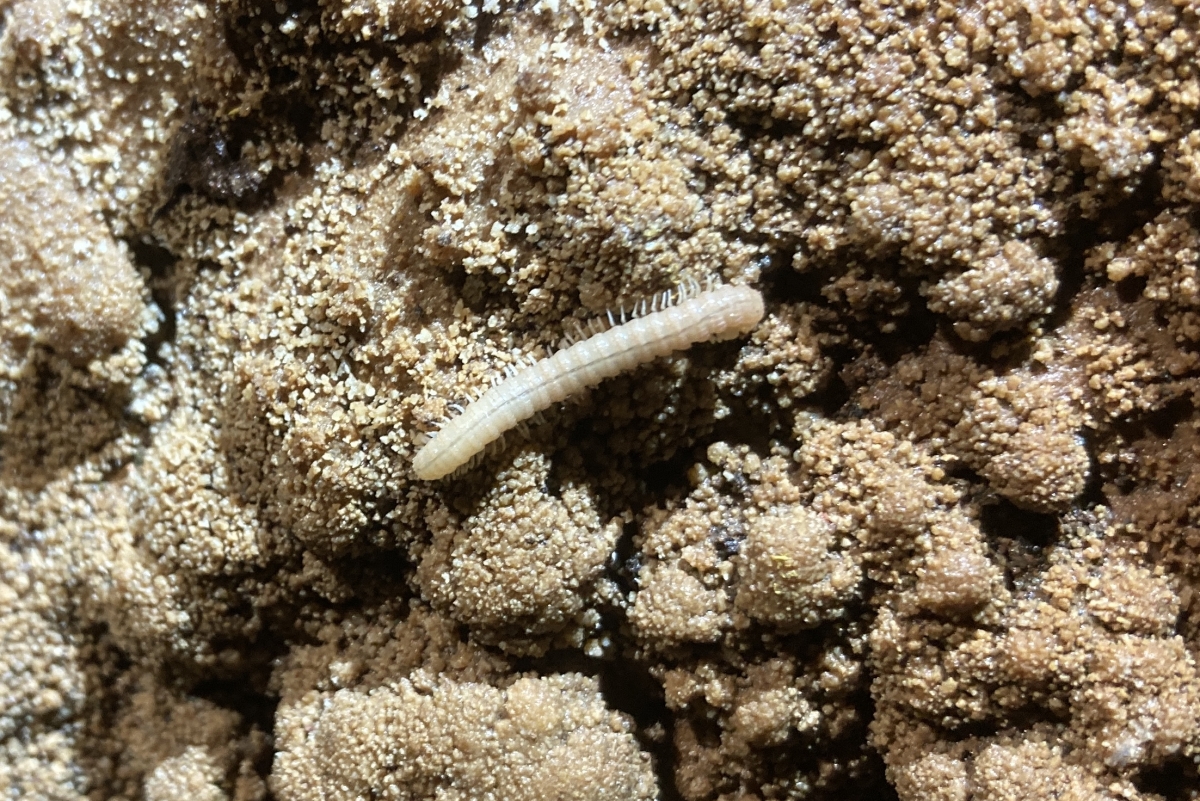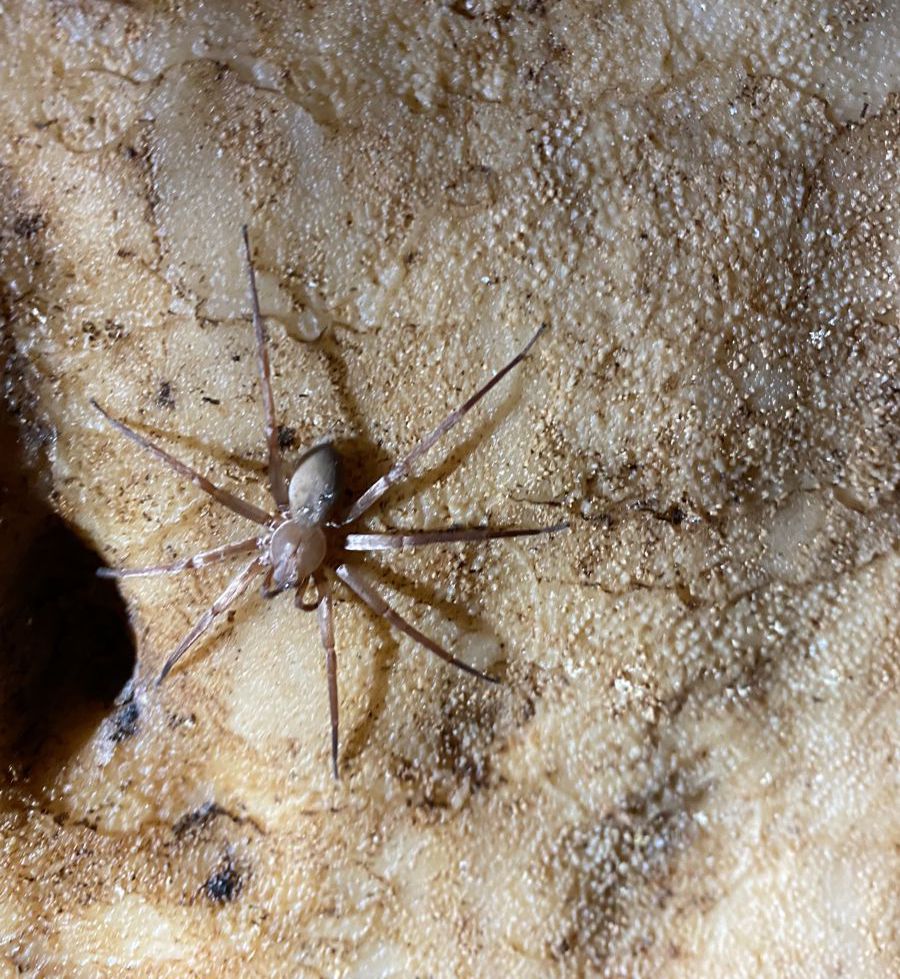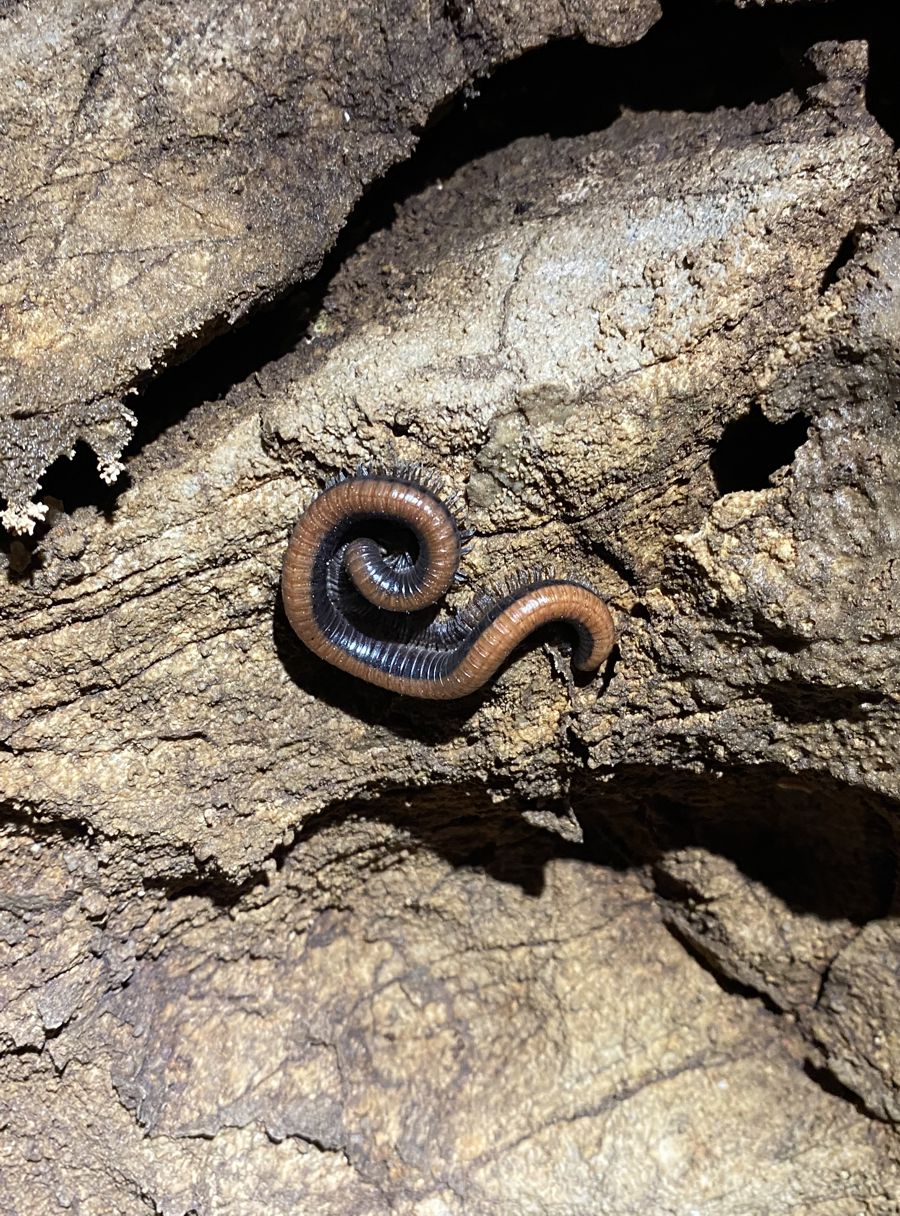
California caves contain an amazing variety of life
The geologic and geographic diversity of the state is reflected in the diversity of cave animals.
What lives in California caves?
California cave life includes a huge variety of animals. The largest residents are often black bears that like to den in caves. Other mammals include many species of bats, ringtail cats, mice and wood rats. Salamanders and frogs call caves home. Of the salamander species in the state, several are frequently found in caves and are closely associated with limestone areas.
But the real diversity is with the invertebrates. These animals include spiders, pseudoscorpions, centipedes, isopods, amphipods, harvestmen, diplurans and many more. Hundreds of species live in California caves, some, such as Pratherodesmus despaini, are only found in a single cave, making them extremely rare. California has nearly as many cave-adapted animals as states in the east, like Missouri and Tennessee that have ten of thousands of caves. The state’s wide range of climates, from deserts to rain forests and from the coasts to the peaks of dozens of mountain ranges, makes for a wide range of cave environments. Caving areas are often small and isolated in California, allowing animals to evolve separately into new species in each cave region.

The book, The Cave Fauna of California, is the authoritative guide to cave animals of the state. This book lists a total of 1,366 different varieties of animals found in caves in California with records going back to 1840. It documents 146 species in California that are cave obligates, that is animals found only inside of caves. Seventy two of these animals are only known from one cave. The most biodiverse cave of all is Clough Cave in Sequoia National Park in Tulare County. The book was published by the California Academy of Sciences and is available for free as a download at https://cavelife.info/California/california.htm


Threats to cave animals
Cave animals, like all wildlife, face many threats in a state with more than 40 million people. Habitat loss, water pollution, being trampled under foot, disturbance, trash and paint in caves, forest fires and many more challenges imperil these animals. Visitors to caves have a responsibility to make sure that their trips do not endanger cave animals. It is probably most important to protect habitat and ecosystems. Bats and other mammals bring food and sustenance into caves. When the bats are chased away, the entire ecosystem could be at risk.
Cave-adapted animals
When cave animals are fully adapted to life underground they change radically. They lose their pigmentation because it is always dark underground. They lose their eyes because there is no light to see. Their legs and antennae may lengthen to accommodate the open spaces inside of caves. Most significantly, they may live much longer than their surface relatives and lay fewer eggs far less often, adapting to a low energy environment where food is rare and fleeting.
Types of cave-adapted animals
Troglobites are animals that are fully cave-adapted and can only survive underground inside of caves. Troglophiles are often found in caves, but also live part of their life on the surface, such as bats. Trogloxenes are cave guests that cannot complete their life cycles inside of caves. Humans are a good example of trogloxenes.
Cave-adapted vertebrates
In the extensive cave and karst systems in eastern states such as Kentucky, Texas and Missouri, vertebrate animals like fish and salamanders have become cave-adapted. But no cave-adapted vertebrates have been discovered in California.